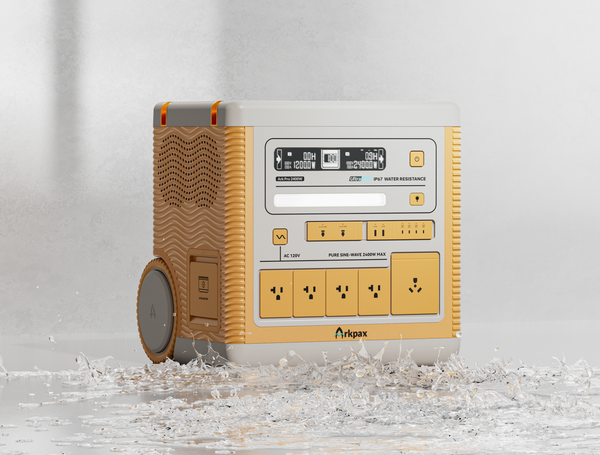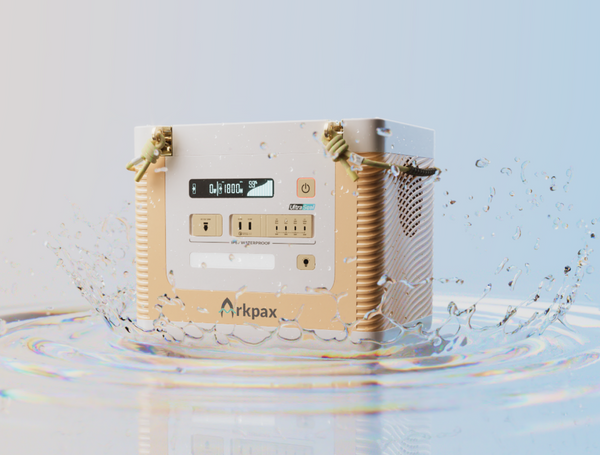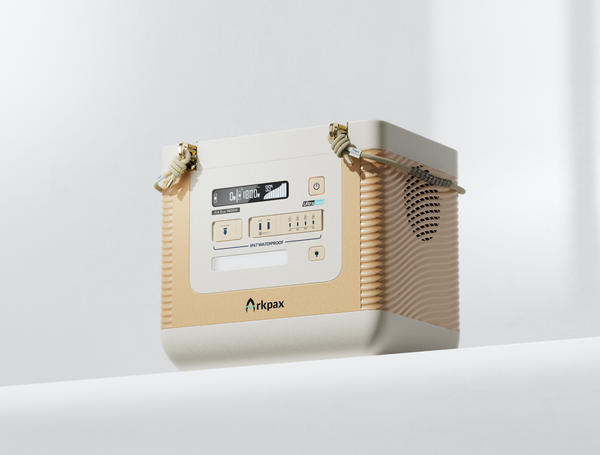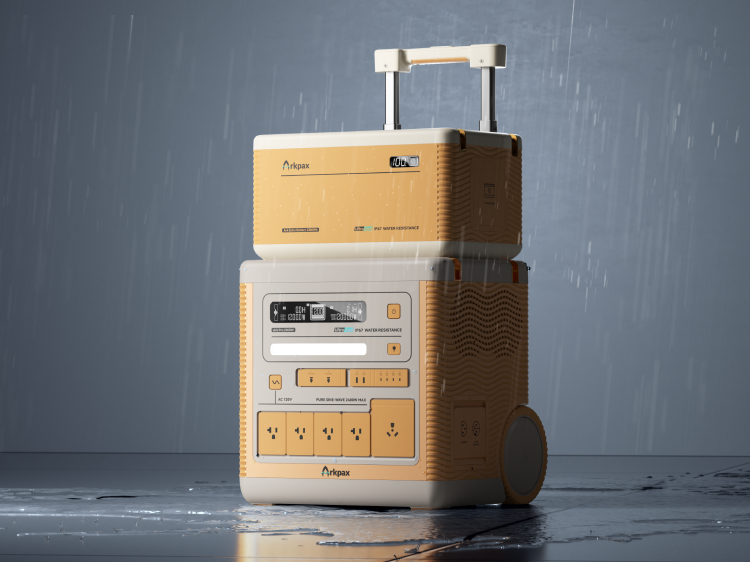No Grid, No Problem: All-Day Power for Every Tool on Your Jobsite
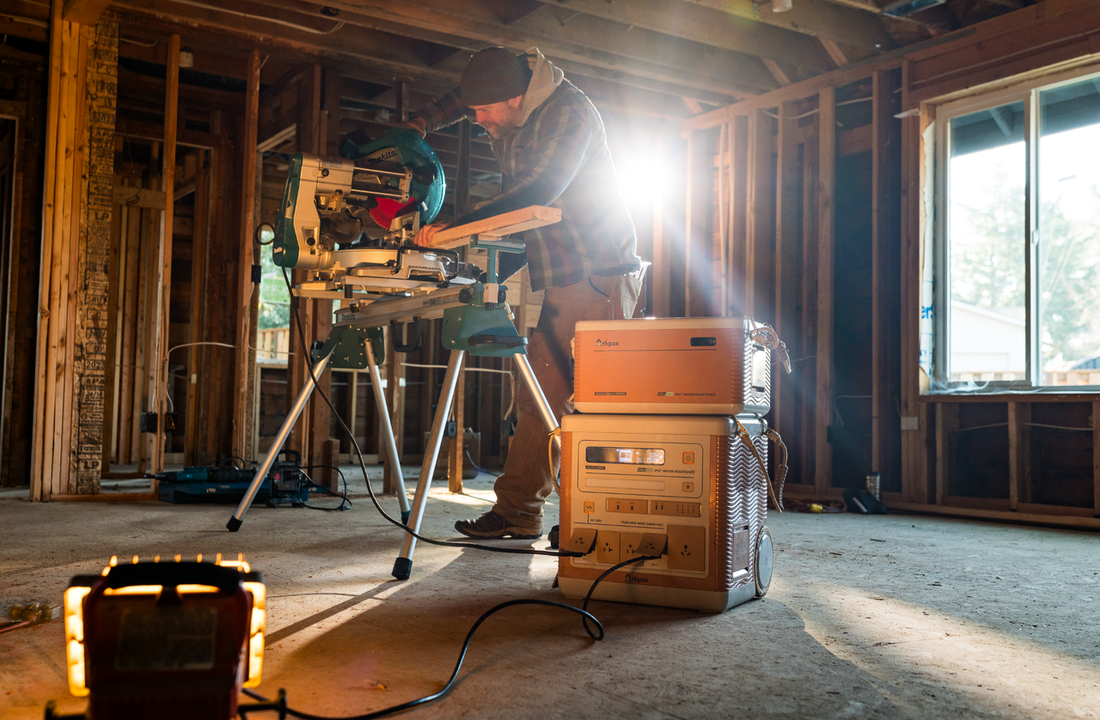
Power Challenges on Construction Sites
In the construction industry, reliable power isn't a luxury — it's a necessity. Yet many job sites, especially temporary setups and remote locations, face persistent challenges when it comes to electricity access. Here’s what most contractors are up against:
1. Unstable or No Grid Access
New construction zones often lack grid connectivity altogether. Remote sites—like infrastructure projects in rural areas or early-phase housing developments—require alternative power sources to begin work. Delays in setting up permanent power lines can stall progress before it even starts.
2. Generator Drawbacks: Noise, Cost, and Maintenance
Gas and diesel generators are the traditional solution, but they come with significant downsides. They're loud, which poses issues for urban or residential projects where noise regulations apply. Fuel logistics add cost and complexity, especially on multi-week projects. Routine maintenance, emission compliance, and the risk of failure make generators increasingly impractical for modern job sites.

3. Complex Load Management for Multiple Tools
Construction isn’t a one-tool job. Crews often run multiple high-wattage devices—grinders, saws, pumps, compressors—simultaneously. Traditional power setups require manual power balancing, daisy-chaining, or frequent tool swapping to avoid overloads. This results in inefficiency, downtime, and safety concerns.
Portable Power: Smarter, Cleaner, More Efficient
To overcome these site-level limitations, more contractors are turning to portable power stations as a next-generation alternative. Compared to traditional fuel generators, they offer a smarter and more sustainable way to meet diverse energy needs on site.
1. Plug-and-Play Deployment
With no fuel, no fumes, and no noise, portable power stations are ready to go as soon as they arrive. Whether it’s powering drills on a rooftop or lights in a foundation pit, setup takes minutes—not hours. You don’t need permits, wiring, or trained electricians to get started.
2. Silent and Emission-Free
Unlike combustion engines, battery-powered systems run quietly and cleanly. This makes them ideal for urban projects with strict noise ordinances or for enclosed environments where ventilation is limited. The absence of carbon emissions also helps contractors meet green building standards and sustainability targets.
3. Seamless Tool Compatibility
Modern portable stations offer multiple AC/DC outputs, USB ports, and even 240V heavy-load options. This allows teams to power everything from low-draw communication devices to high-wattage tools like angle grinders or rotary hammers—all from one unit.
4. Renewable Integration
Many systems support solar charging, giving contractors the ability to top up energy during idle hours or off-grid use. This not only reduces long-term fuel dependence but also provides a backup plan during extended outages.
Tool Runtime Guide: How Long Can You Run Your Equipment?
One of the most common questions contractors ask when considering portable power is simple:“Can it handle my tools — and for how long?”
To answer that, here’s a practical breakdown based on a high-capacity 2300Wh portable power station, such as the Arkpax Ark Pro. These estimates show how long standard construction equipment can run on a single charge.
| Tool | Power Draw | Approx. Runtime (2300Wh) | Typical Jobsite Use |
| Electric Drill | 1500W | 1.3 hours | Framing, anchor installation |
| Electric Chain Saw | 2000W | 1 hour | Wood cutting, site clearing |
| Electric Winch | 1000W | 2 hours | Lifting, material positioning |
| Electric Fan | 20W | 36.7 hours | Ventilation, fume extraction |
| LED Work Light (floodlight) | 100W | 15.2 hours | Night shifts, safety lighting |
Note: These are continuous runtimes. In real conditions, most tools are used intermittently, allowing effective all-day use.

Real-world efficiency gains:
- Intermittent use = longer runtime – Tools like drills and hammers are used in bursts, not nonstop.
- Multiple outputs = parallel workflows – Power multiple devices at once without needing to swap.
- Expandable capacity – Some systems, like Ark Pro, support modular battery packs to double or triple runtime as needed.
With this level of runtime clarity, teams can plan their shifts, allocate resources, and avoid costly downtime—all while reducing dependency on fuel-based systems.
Real-World Scenario: One Power Station, Full-Day Operation
Let’s take a closer look at how a single Ark Pro 2300Wh power station can support a typical 8–10 hour workday on a medium-sized jobsite.
Morning: Setup and Precision Work
- LED Work Lights illuminate the site during early hours.
- Corded Drills and Measuring Tools handle framing, pilot holes, and anchor points.
- Runtime remains strong with staggered tool use across teams.
Midday: Heavy-Duty Applications
- Angle Grinders and Rotary Hammers go into full operation for concrete shaping, metal cutting, and wall chasing.
- Simultaneous usage is supported thanks to high-wattage output and multiple AC ports.
- Optional solar panels recharge the unit during lunch break.
Afternoon: Utilities and Clean-up
- Submersible Pumps clear accumulated water from trenches or foundations.
- Dust Collectors or Blowers help clean up work zones.
- Mobile devices and tablets stay powered for on-site reporting and design adjustments.
Evening (Optional): Extended Work or Standby
- If needed, floodlights and radios can continue running into late hours without noise complaints — ideal for projects in urban or residential areas.
Conclusion: Rethinking Jobsite Power
In today’s construction environment, flexibility, efficiency, and sustainability are no longer “nice-to-haves” — they’re essential. Portable power stations like the Ark Pro are helping contractors move beyond the limitations of fuel generators by offering a quiet, clean, and reliable alternative.
From early-morning setup to late-evening lighting, one high-capacity battery system can support core operations across multiple devices — improving jobsite productivity, safety, and environmental compliance.
Whether you're working in remote terrain, managing a pop-up site, or aiming to reduce your carbon footprint, it’s time to rethink how you power the jobsite.



